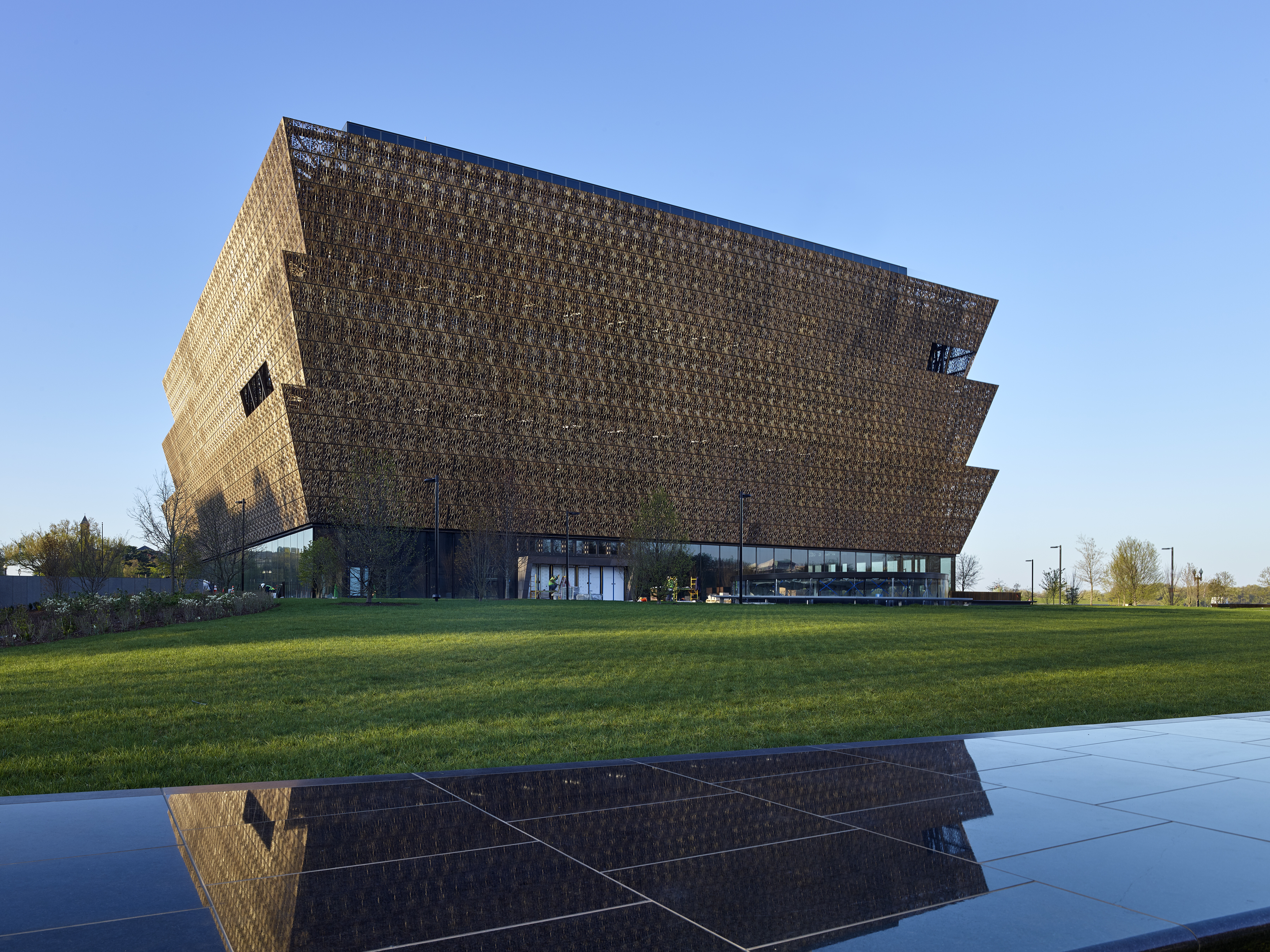New National Museum in Washington D.C. Celebrates the Battles of African American Ancestors in America
Photo via newsdesk.si.edu
On September 24th, 2016, President Obama inaugurated the Smithsonian National Museum of African American History and Culture, speaking while First Lady Michelle Obama wiped tears from her eyes.
The day also saw speeches from Oprah Winfrey, Supreme Court Justice John G. Roberts, Jr., Will Smith, and former president, George W. Bush.
According to The Washington Post, this museum, the product of 15 years of painstaking artifact collection and $315 million dollars of fundraising, was the result of great effort put in by Rep. John Lewis.
“There were some who said it couldn’t happen, who said ‘you can’t do it,’ but we did it,” he said, during his tearful speech at the inauguration.
The museum is arranged so that guests start in the section containing artifacts from days of slavery, and progresses into the Civil Rights movement and the modern Black Lives Matter campaign.
Some of the artifacts found in the museum include Harriet Tubman’s shawl, the bars used by gymnast Gabby Douglas in 2012, and Nat Turner’s tattered Bible. The lower levels of the museum, however, hide darker artifacts from a not-so-distant past.
On exhibit are shackles that were used on a child in a slave ship, a tiny South Carolina slave cabin, and the remnants of a sunken slave ship. One of the most poignant objects is the coffin of Emmett Till, a 14-year-old boy who was killed in 1955 for talking to a white woman. Till’s funeral was open-casket according to the wishes of his mother, who wanted people to see the brutality inflicted upon her young son.
The images and artifacts are so upsetting to some that the museum keeps nurses on hand, in case it gets to be too much for some to handle.
Despite this, Lonnie G. Bunch, the founding director of the museum, says, “you couldn’t tell the story of the African American experiences without wrestling with difficult issues, without creating those moments where people have to ponder the pain of slavery, segregation and racial violence.”
African American history and the history of the United States are woven together indelibly. You cannot speak of one without speaking of the other.
Bunch says that the ultimate goal of this museum is to “draw Americans from all racial back-grounds, and help them see slavery, and other aspects of black history, as part of our collective history,” according to the Washington Post.
This museum, a culmination of the huge effort and contribution of people like Bunch and Lewis, is a step in the right direction of recognizing the whole truth of our nation’s history, according to the Washington Post.
The opening of this museum comes in the wake of recent racial shootings in North Carolina and Oklahoma.
“Perhaps [visiting the museum] can help a white visitor understand the pain and anger of demonstrators in places like Tulsa and Charlotte,” said President Obama at the museum’s inauguration. “It reminds us that routine discrimination and Jim Crow aren’t ancient history, it’s just a blink in the eye of history. It was just yesterday. And so we should not be surprised that not all the healing is done. We shouldn’t despair that it’s not all solved.”
The museum is free to visit, although before the museum even opened, all the timed-entry tickets had been reserved through the end of 2016.
Another interesting dimension to the opening of this museum is the National Museum of the American Indian, which is located just a few short blocks closer to the U.S. Capitol.
These two museums enhance the fragmentation of the Smithsonian museums into separate-but-equal institutions.
There is also talk of creating a National Museum of the American Latino, as well as a National Museum of the American People to celebrate the waves of immigration.
The National Museum of American History, currently on 14th Street, only houses a handful of artifacts celebrating these different groups of people, so the need for their own space is definitely present, according Washington Post.
Bunch and Lewis have both explicitly expressed their wishes for the museum to allow African Americans, whites, Latinos, and people from all different backgrounds to all appreciate and understand fully, perhaps for the first time, the dark and complicated history of African Americans.
Those who spoke at the inauguration certainly agree that the museum is, without a doubt, a beautiful monument to the struggles and battles that these African Americans have had to combat throughout the years.



